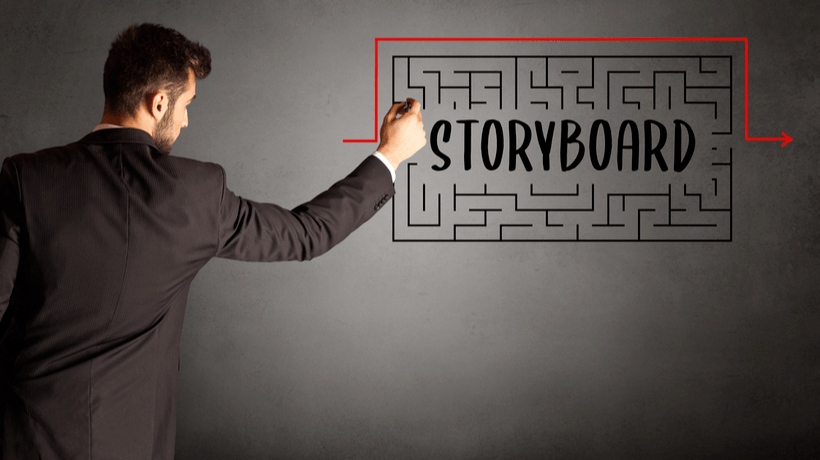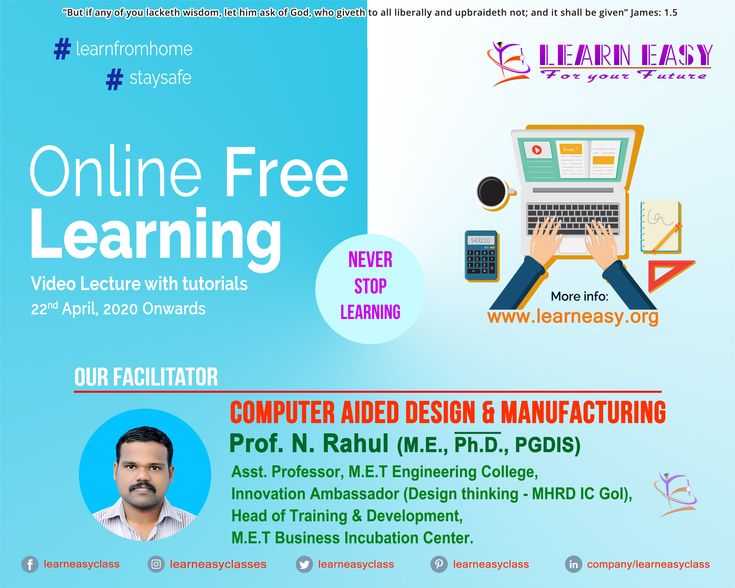
Traditional learning, also known under the names back-to basics, conventional education or customary education refers to the application of long-established methods and practices in education and learning. Despite the increasing popularity of online education traditional learning continues to be a popular method of educating children. Traditional education offers many benefits, including a reduction in the pressure on students as well teachers. Let's take a look at some compelling reasons to make this switch.
Less pressure on learners
There are many factors that can explain why traditional learning allows learners to feel less pressure. One factor is the fact that traditional learning provides constructive criticism and verbal feedback to help motivate the learner. With online learning, on the other hand, students are not always able to interact with the teacher as much and therefore experience a higher level of pressure to succeed.

Traditional learners also feel more stressed by the rising cost of printing. Online course materials are available to students, but not for traditional learners. Online learners can access the materials from their computers. They can view and submit the materials online. E-learners can save money and feel less stressed by not having to commute to and from school. Additionally, e-learners have the option to go to college from anywhere.
Less pressure on teachers
Traditional learning places emphasis on the classroom as a physical location where students meet at scheduled times. Online learning allows students to work individually, but traditional learning encourages group work. Students can develop crucial social skills, which are vital for both personal and professional life. Another benefit of traditional learning is its schedule. Traditional learning requires students to meet deadlines and may have to take final exams in their absences.
Less pressure on a student
Traditional learning styles are less stressful for students. Traditional learning, contrary to online learning places more emphasis on the immediate rather than looking towards the future. Often, a student will have less time to prepare a response. Furthermore, traditional learning relies heavily on the self-directed integration of brain functions. Furthermore, students who are engaged in learning are more likely integrate the information into their memory.

Anxiety about negative evaluations can be a major source of anxiety for active learning and groupwork. This happens during social situations, such as interacting with peers or faculty. Students can perform poorly when given tasks. The student's perception of the instructor could be negative. This can affect their cognition. A low opinion of the instructor could negatively impact the student's performance. Traditional learning environments are less beneficial for students because they tend to be less efficient.
FAQ
What does eLearning require?
E-learning requires a lot of time and effort. It also requires an understanding of how people learn. Learners should have a clear understanding of what they want from their learning experience.
The content must be interesting and relevant. Visual aids should include images, videos and animations.
E-learning must be enjoyable and engaging. It should place a strong emphasis on motivation for learners. This includes giving feedback and encouraging learners who work hard to achieve their goals.
What are the main obstacles to e-learning's success?
The main challenge for e-Learning is not technical but cultural. It's about people and how they interact.
We need to understand what motivates them and how they learn best. Online learning is also something they enjoy.
This is why we must find ways that make the experience as natural as humanly possible.
What are the benefits for students and teachers of elearning?
E-learning offers both students and teachers better learning outcomes. It makes it easy for learners to have access to information whenever they need it. E-learning makes it possible for educators to communicate with their students via technology in ways that were not possible before.
E-learning allows teachers and students to receive individualized instruction, feedback, as well as support. This encourages students to be more engaged and motivated. E-learning can be used by teachers to improve communication, collaboration, critical thinking, and other skills. They can also make use of it to enhance their teaching practice by offering the possibility for self-reflection as well as reflection on the experiences made by others.
E-learning allows for a reduction in training costs. A teacher might want to teach his/her class about a topic but doesn't have the money to buy books or materials. However, if the same material is available online, then there is no need to purchase these items.
Is eLearning really effective?
E-learning is an effective tool for delivering learning content from anywhere at any time. It allows learners to access information anywhere, anytime.
E-learning also allows you to deliver training programs on demand without the need for expensive travel costs or classroom space.
Why do many prefer taking eLearning courses?
The reasons for this are simple. They are flexible. There is no need to go to classes at a specific time or place. Online learning is also possible. Online courses offer the opportunity to learn from anywhere, without distractions. They are also economical.
Statistics
- The UK sample was relatively balanced in terms of gender (56% male) compared to the Gambian group (77% male). (sciencedirect.com)
- Reliability, validity, and descriptive statistics (The Gambia). Empty CellCRAVEMeanSDACBICOEEHABHEHMPEPOPVSESITRAC0.770.635.080.842) in behavioral intention to use e-learning in The Gambia (53%) and the UK (52%), (sciencedirect.com)
- India's PC market clocks 9.2% growth to 3.4 million units in the September quarter (economictimes.indiatimes.com)
- According to ATD's 2021 State of the Industry report, technology-based learning methods, including e-learning, accounted for 80 percent of learning hours used in 2020. (td.org)
External Links
How To
How can e-learning be used to enhance traditional learning?
E-learning is a technology that has been around for many decades and continues to evolve. There are so many types that e-learning is possible, it would be impossible for me to list them all. Here are some of the most popular:
-
You can also use E-learning to enhance traditional learning. One example is that a teacher could use an interactive whiteboard in order to illustrate a concept, while simultaneously recording her voice explaining the concept via audio technology. To reinforce the lesson, students could listen to the audio file in class.
-
E-learning may replace traditional learning. For example, a student might access a tutorial by going to a website. He/she might follow along with video instructions to complete the exercise at his/her leisure.
-
E-learning can be used to complement traditional learning. A student could log on a website and access a huge library of information. Students could search through the material and select which parts to study.
-
E-learning can enhance the learning environment. A tutor might give feedback via email on student work. Another option is instant messaging, where students can ask questions of fellow students.
-
E-learning can enable distance education. A university lecturer might give lectures via the internet to hundreds upon hundreds of students all over the globe.
-
E-learning is a great tool for corporate training. Companies often offer webinars to update employees on new products or services.
-
E-learning can strengthen academic performance. Students enrolled on a MOOC (Massive Open Online Course), for example, could engage in discussion forums, contribute content, and even earn badges when they complete certain tasks.
-
E-learning can help improve communication skills. E-learning can help students communicate with one another via email.
-
E-learning is a way to develop critical thinking skills. For example, students could create blogs or podcasts to share their thoughts on a subject.
-
E-learning can help with problem solving. Google Docs is one example of how students can collaborate to solve a problem.
-
Collaboration between people can be made possible by e-learning. For example, two students could meet up in person to discuss a problem. However, if one of them were studying at home, he or she could communicate with the other via Skype.
-
Self-directed learning can be possible with e-learning. Students can also set their own goals for the course and set deadlines.
-
E-learning can encourage creativity. For instance, students may upload videos of themselves creating art projects.
-
E-learning is a way to foster independence. E-learning can encourage independence. A child could play educational games without the supervision of a parent.
-
E-learning can promote lifelong learning. Older people, for example, can still learn new things if they have internet access.